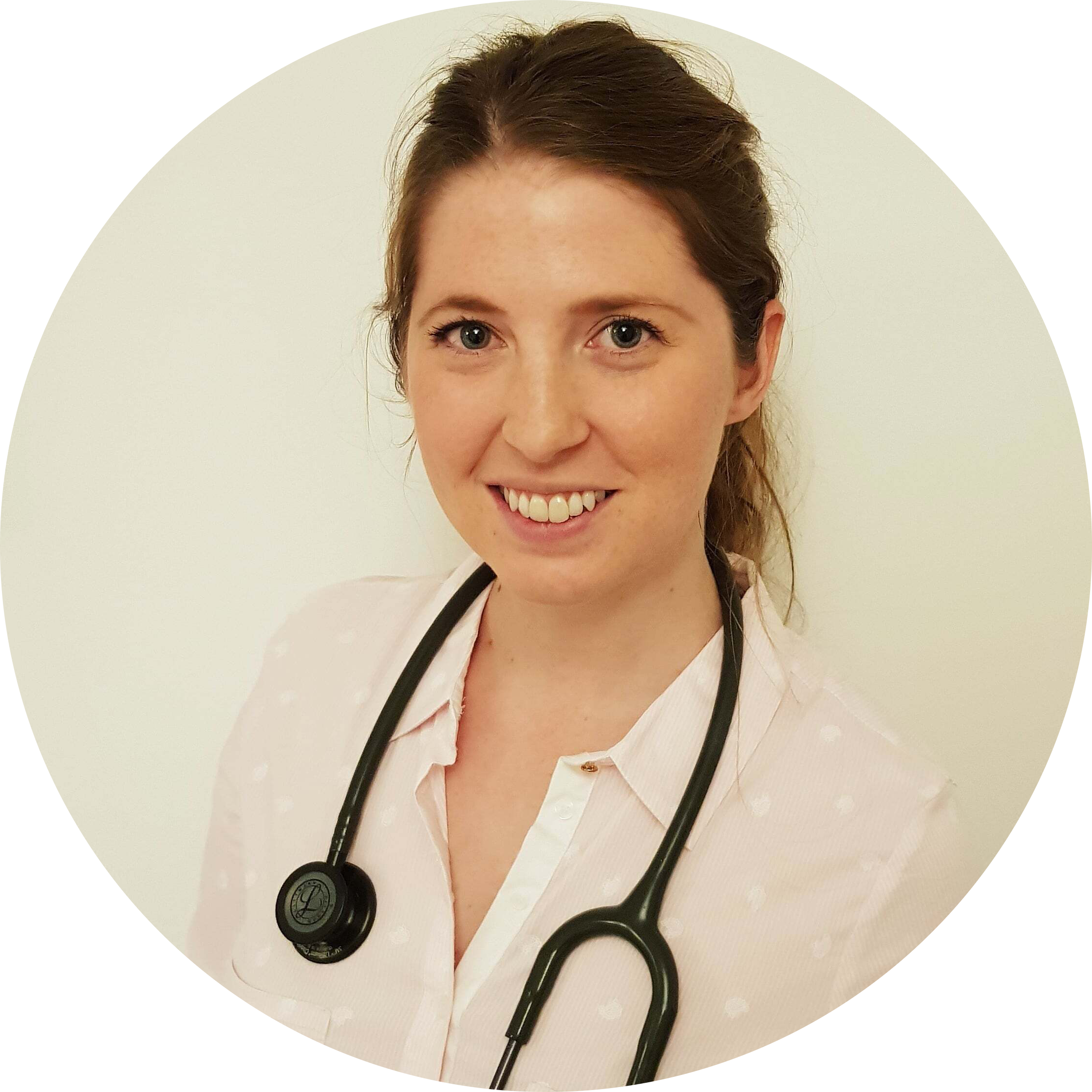Tuberculosis
Reviewed by:
Dr Rhianna McClymont
, Lead GP at Livi
Tuberculosis (TB) is a bacterial infection spread from one person to the next. When someone infected with TB coughs or sneezes tiny droplets are released into the air which can then be inhaled by someone else. TB mostly affects the lungs, but other areas of the body, including the tummy, glands and nervous system can be affected.

Types of tuberculosis
Latent TB – it’s possible to have TB infection without realising it. This is because the bacteria infects the body but is not active and so does not cause any symptoms. This type of TB is not contagious.
Active TB – when the immune system can’t kill or contain the bacteria it can spread within the body and symptoms will start to show. This is called active TB.
Pulmonary TB – when the infection affects the lungs. This is the most common place to be infected, and it’s also the most contagious type of TB.
Extrapulmonary TB – when TB affects any part of the body other than the lungs.
What causes tuberculosis?
TB is caused by a type of bacteria called Mycobacterium tuberculosis. It’s spread in a similar way to colds and flu (by inhaling tiny droplets from coughs and sneezes), but it isn’t as contagious. In most cases, TB is only spread between people who live together or spend long periods of time together - not through casual encounters in public places.
Tuberculosis symptoms
In active TB, symptoms can include:
A cough that lasts for three or more weeks
Coughing up blood
Chest pain
Unintentional weight loss
Loss of appetite
Tiredness
Fever
Night sweats
Swollen glands in the neck
Make sure you see a doctor if you have a persistent cough for three weeks or more or if you cough up blood.
If the infection affects other parts of the body, it can cause many different symptoms, like pain, swelling or inflammation around the affected area.
Diagnosis for tuberculosis
The main tests used to help doctors diagnose pulmonary TB are:
Chest X-rays – to look for changes in your lungs
Phlegm (sputum) tests – to look for TB bacteria from the lung
Tests for other types of TB include:
Samples from different parts of the body – if doctors think you have extrapulmonary TB they can take a tissue or fluid sample to look for TB bacteria
Scans – CT scans, MRI and ultrasound, can be used to diagnose extrapulmonary TB
Mantoux test – a skin test that’s often used to test for people with suspected latent TB
Blood tests
Who is at risk of tuberculosis?
Anyone can get TB, but you’re more at risk if:
You spend a lot of time with someone else who is infected
You live or spend time in an area where TB is common (countries with high TB rates include Africa, China and Russia)
Your immune system is weak due to a condition like AIDS or diabetes, or treatment like chemotherapy
You’re very old or very young
You’re in poor health because of the misuse of alcohol or drugs
Treatment for tuberculosis
It’s thanks to the introduction of antibiotics that TB is much less common now. Although tuberculosis can be serious, antibiotic treatment is highly effective and will usually cure the infection.
Treatment generally involves taking antibiotics for around six months, and you may need to take several different types of antibiotics during this time. After two to three weeks of treatment, you should no longer be contagious. But it’s still important to take the full course of antibiotics, so the infection clears up properly.
Tuberculosis vaccine
The BCG vaccination prevents tuberculosis. In the UK it’s recommended for babies, children and adults under 35 who are at risk of catching TB. It’s not recommended for over 35’s as there’s no evidence that it works in this age group.
You’re considered at-risk if you have close contacts with people from countries with high TB rates or if you’re living in an area with high rates of TB with local people for at least three months.
Preventing the spread of tuberculosis
Follow these simple precautions to reduce the spread of infection:
Avoid public places (including work) until your doctor says it’s safe to return
Make sure rooms are well ventilated if you’re sharing the space
Keep your mouth covered when coughing, sneezing or laughing – ideally wear a mask when you’re with other people
Be careful to throw tissues away immediately into a sealed plastic bag
- Reviewed by:
 Dr Rhianna McClymont, Lead GP at Livi
Dr Rhianna McClymont, Lead GP at Livi
